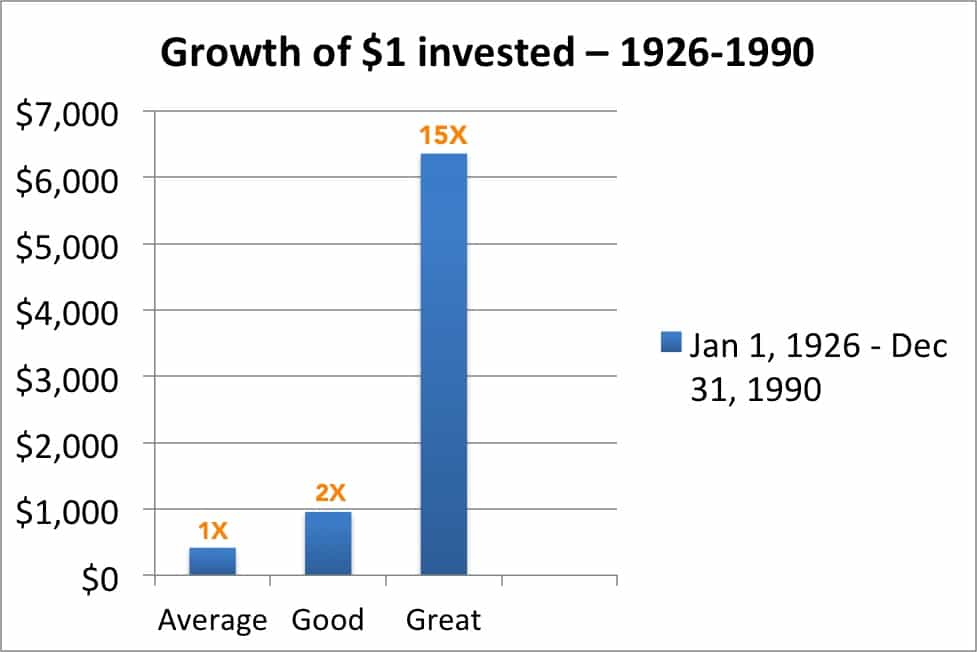ZAP! POW! When I hear those words, I think of the word “power”. I laugh and think about when I was a kid watching the Batman TV series, starring Adam West as Batman and Burt Ward as Robin.
They were known as the “Dynamic Duo” who came to the aid of the Gotham City Police after jumping into their Batmobile. Robin would check the gauges and report, “Atomic batteries to power…turbines to speed.”
This usually resulted with the two crime-fighting heroes engaging in a fistfight with the super-villain’s henchmen – this is when the show’s producers of the series would paste pop-art onto the TV screen, like ZAP! and POW!
Most leaders would love to infuse some ZAP and POW into their team. Well, it turns out that one of the big benefits to a clearly articulated and communicated purpose is emPOWERed people! And empowered people are connected to their organization’s purpose and enjoy meaningful work.
The Astronaut Janitor
Meaningful work is bigger than any one person or job. It is more than just making more money.
This reminds me of an old story often told at NASA where a janitor was asked what he did for a living. He didn’t say, “I’m a janitor.” He said, “I’m sending men to the moon!” WOW!
There is something to be said of an organization in which the people working as a team identify with its higher purpose – why they exist.
Therefore…
Every leader should understand the importance of an organization’s purpose because of two powerful benefits.
1. Intentionality
Successful organizations are intentional.
When a worthy leader lives out a worthy cause (purpose) and consistently communicates the purpose, people in the organization get real intentional. Now that they are working with purpose, they make every action count with their time and talent.
When employees know what they are doing and why they’re doing it, they put the team accomplishment ahead of what they can accomplish personally – sacrificing personal goals.
A purpose brings…
- Clarity of direction.
- Focus on why the strategies, tactics, and performance goals are pursued.
- Boundary lines for decision-making which allow employees to live with warp speed change since they have a changeless sense of what they stand for and why they exist.
“He who has a ‘why’ to live for can bear almost any ‘how.’”– Friedrich Nietzsche
2. Profits
Even though by definition the purpose of a company is for reasons of existence beyond just making money, purpose-driven companies usually make more money than the more purely profit-driven companies.
In his book, Built to Last, Jim Collins dug into the historical performance of hundreds of companies. Collins looked at some of the United States’ most successful corporations, many dating back to the 1800’s.
In his search to understand what created ‘Visionary’ organizations, he placed each company into one of three categories:
- Great or Visionary (extraordinary, enduring companies)
- Good (comparison companies that were in similar industries as the visionary companies but fell short of visionary companies)
- Average (reflecting the stock market)
Collins contrasted the three types of companies by showing what $1 invested on Jan 1, 1926 would grow to by December 31, 1990. Here’s what he found:
From 1926 to 1990, your investment in the good companies would have earned two times more than the general/average stock market – which is pretty good.
But your investment in the enduring, great visionary companies would have been 15 times greater than the general/average stock market.
WOW!!! So what made these enduring, great visionary companies different?
Preserve the Core AND Stimulate Progress
Collins discovered that the enduring, great visionary companies did two things very well. The author summed it up by stating that visionary companies:
- Preserved the Core – the organization’s Core Ideology was fanatically protected and never changed.
- Stimulated Progress – by endlessly adapting their business and operating practices.
Over time, these visionary companies changed almost everything, like: policies, procedures, product lines, competencies, organization structure, reward systems, strategies, tactics, and performance goals.
But the one thing that they did not change was their Core Ideology. Collins defined “Core Ideology” as core values + purpose.
Shocking Fact: Visionary companies are generally more ideologically-driven and less purely profit-driven.
A case study – The Albert Companies
At our company, we definitely are not perfect, but over time, we got more intentional about creating a great and enduring company.
From 2005 (that fall I introduced our company core values and showed how they fit with our previously announced purpose and vision) through 2011 (the year I sold our company), we saw the following results during some of the toughest economic times:
- Revenue grew about 5 times
- Profit increased slightly more than 5 times
- The first two times we applied, we were awarded the 100 Best Companies to Work For in Texas the years 2011 and 2012.
Our company experienced significant growth during a time when many other companies were declining. Not surprisingly, when we got crystal clear about who we were, why we existed, and where we were going, extraordinary results followed. Won’t you consider tapping the power of purpose to propel your organization faster and farther than the Dynamic Duo ever dreamed?
Are you ready to put “power” in your people? Are you ready for your people to be intentional for a worthy cause beyond making money? Are you ready to discover your purpose for your organization? Please leave your comment <here> and share this blog post with a friend and co-worker.


